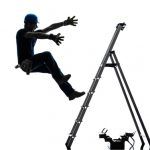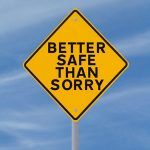
Falling from Height: Tips to Prevent Accidents at Your Job Site or Workplace

A fall from height is one of the most serious safety concerns facing construction sites and many other workplaces.
Prevention of falls from height in construction and other businesses is an essential part of being a safety leader and maintaining the highest safety standards for your organization.
Falls from Height Are a Serious Safety Concern
The most common cause of construction site injuries & death are falls from heights. It’s “the number one construction killer in any country” according to the journal Health & Safety International.
Construction sites are the most vulnerable to this safety concern. Other businesses and workplaces also have significant fall-at-height occurrences of injuries due to slips and falls in the workplace.
While some businesses and office locations face less chance of serious injury than do others, the potential for injury is present and must be addressed. Responsible employers will assess the potential hazards of falling from heights and evaluate plans to mitigate the risk of falls from height.
Examples of How an Employee Can Fall from Heights
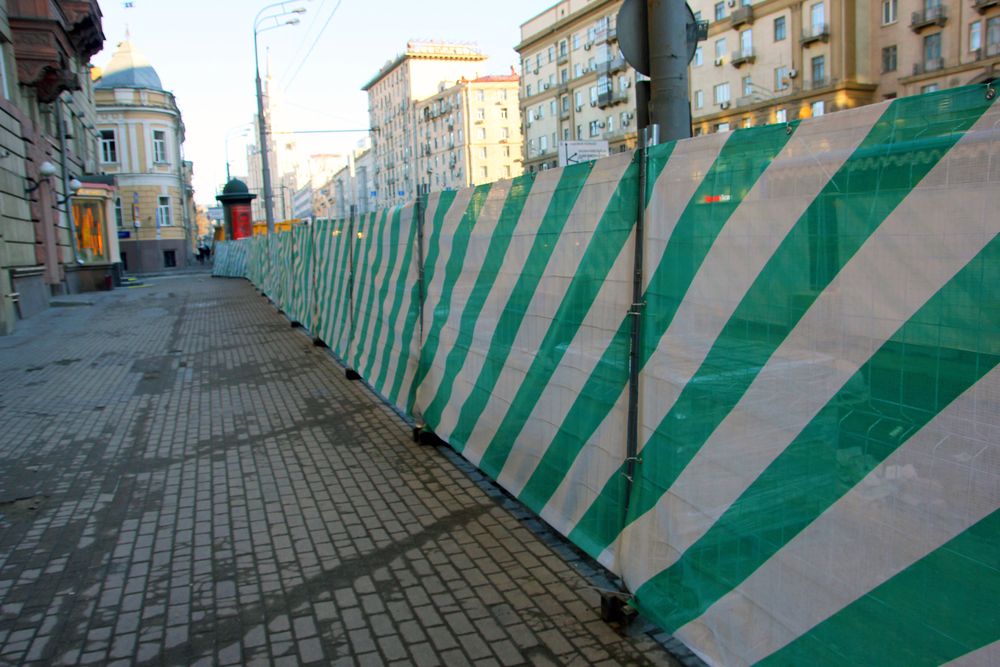 A personnel fall hazard is situation at the job site that could cause a site worker, or office employee to lose balance or bodily support and fall from height with the potential for serious injury.
A personnel fall hazard is situation at the job site that could cause a site worker, or office employee to lose balance or bodily support and fall from height with the potential for serious injury.
In a non-construction type setting, this means any condition that could cause anyone to trip, slip or slide the results in loss of balance and injury.
In construction sites, there is of course more potential for injury due to the heights and always-changing conditions. In construction job sites there may incomplete roofing, holes, temporary scaffolding that may pose a risk and therefore require serious evaluation and planning to prevent falls from height.
Other Hazards & Risks of Falling from Height
On constructions sites there is significant risk of fall from height even for non-personnel. A person passing by on the street or sidewalk could fall from heights into an open construction site. An object could also fall from height onto an innocent bystander.
A complete evaluation of fall-from-height hazards should include an assessment to identify the risk of objects falling from height. Falling object risks would include building materials falling from height – as well as tools, nails, bolts and other construction materials used at the site.
Prevention Plans for Falls from Height Include Regular Inspections
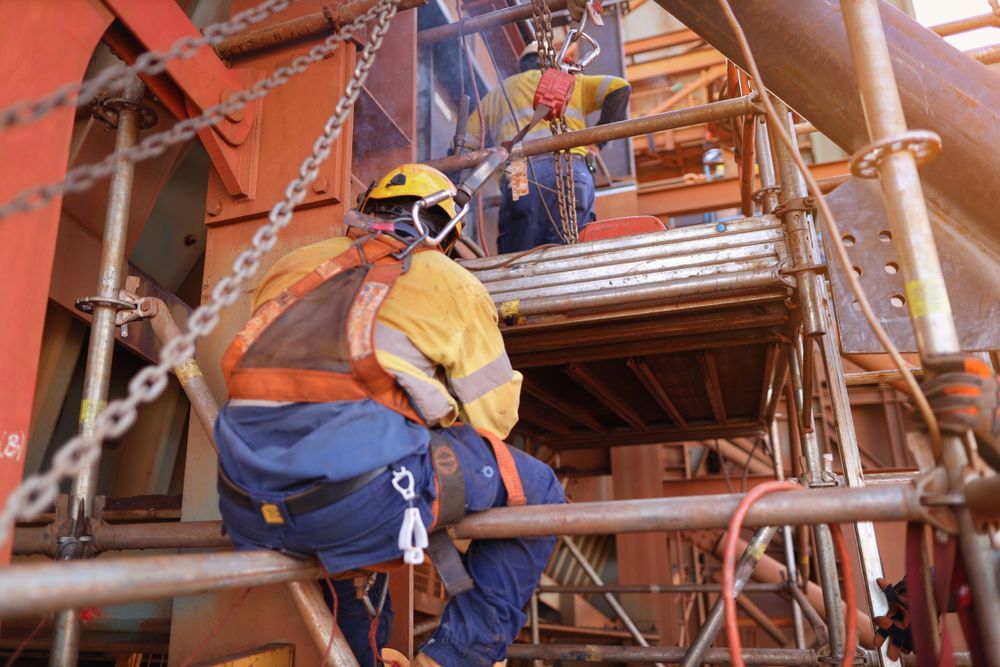 Every business or workplace environment has the risk potential for falls from height, and every business should have a basic fall-from-height prevention plan to address the risk.
Every business or workplace environment has the risk potential for falls from height, and every business should have a basic fall-from-height prevention plan to address the risk.
Employee injuries in any business setting can result in pain & suffering to the employee, loss of productivity and possibly damage to employee morale.
A falling-from-height hazard assessment and prevention plan are essential steps to preventing injury. This helps communicate that employee health and safety is a priority for your business.
Conduct safety plans for falling from heights on a regular basis as outlined in the workplace safety policy and training guide. If your business does not have a safety policy or supporting training approach, then immediate attention is needed to get started; your employees and business are at risk!
Administrative controls are a primary prevention method that include policy, training & inspection and compliance monitoring.
Every Day Hazard Checks to Mitigate Risk of Falling from Height
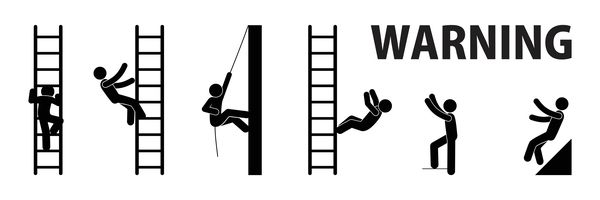 In addition to the scheduled inspections set by policy, real hazard risk evaluation must be an everyday practice.
In addition to the scheduled inspections set by policy, real hazard risk evaluation must be an everyday practice.
Ideally, the safety training and leadership of supervisors emphasizes the need for continual safety awareness. Safety should be built in to every standard operating process that poses any risk to employees.
Examples of every day evaluations include regular walk-through of work areas to make sure any risks of falling from height are identified. This also is a way to communicate policy reminders to employees to wear the right personal protective equipment (PPE) to guard against falls from height, as well as using the hand-rails and proper access routes into and out of work areas.
Other daily routine evaluations would require immediate cleanup of any leaks, spills on office floors, or stairs. Always make sure electric cords, networks cables, hoses, other are clear from walkways. Entrances and walkways should be well-lit and free from water, ice in winter that can cause a fall. Finally, a growing problem is cell phone distraction while walking around; start working phone use warnings this into an everyday caution reminder.
To find out more about safety training and consulting, contact us today.

